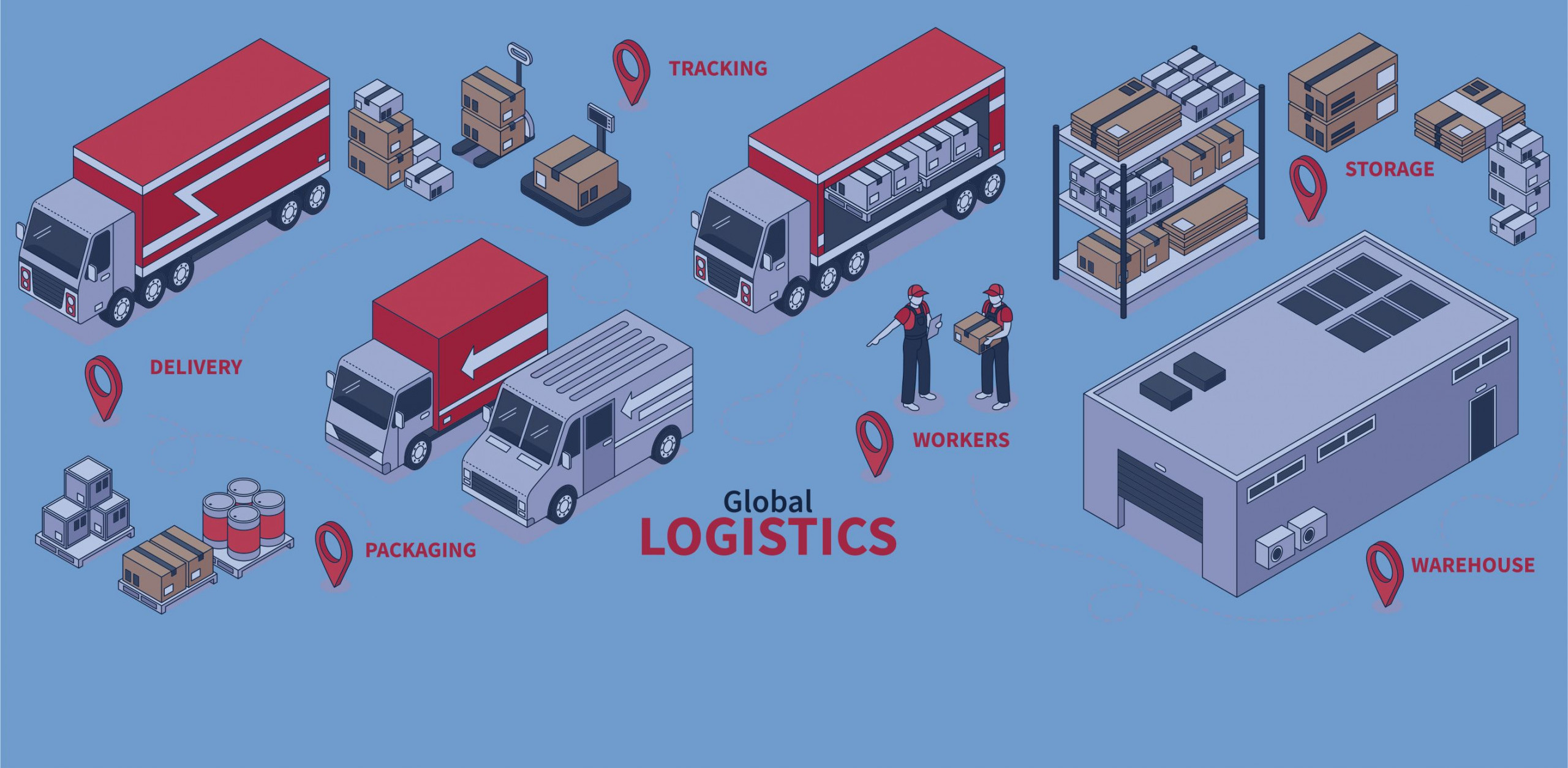Introduction
Supply chain management (SCM) can be defined as the process of coordinating all activities involved in moving products through various stages of production, distribution, and consumption. The process can be broken down into two parts: supply chain planning and execution. Planning involves determining what products should go where and when so that everything arrives at its destination in good shape. Execution includes making sure that those plans actually happen.
Supply chains are primarily driven by orders and these orders could be small B2C orders (< avg 5–10-line items) or large orders with (>avg 100-line items) having varied quantities and fulfilled from multiple delivery locations leveraging multiple carriers. Order fulfillment can be complex and challenging, especially when dealing with large volumes of goods. For enterprises operating several brands, product assortments, and business lines spanning across departments, businesses tend to offer a single basket view for the entire order to their end customers as a unique value proposition.
However, it is very difficult and complex to make all line items on an order swim and flock together due to known reasons such as inventory, shipping costs, lead times, carrier selection, final shipping address, etc. Even if this can be achieved, it comes with the trade-off w.r.t cost or lead time or precious personnel hours. Order consolidation is one of the most challenging aspects of eCommerce fulfillment. In fact, many companies struggle with this process because it involves so many moving parts. From logistics to pricing, there are lots of factors involved when it comes to consolidating orders. Fortunately, we have some tips for you.
The objective of this blog series is to draw out solution views around such diversities on managing single basket journeys from both business and end customer perspectives and accommodate those into the order management systems.
Problem
The operations and solutions elements are challenging to handle diversified single basket journeys due to multiple and varied business scenarios across the supply chain nodes. Although some businesses have only one type of supply chain node, others may have several different types. Multiple factors at various levels within the supply chain can affect the performance of a single basket journey. Few examples of such scenarios:
- SKUs’ (stock keeping units) across product lines of an order need a different set of carrier fleet and lead time discovery
- Fulfilment constraints, such as deliver-together, on a set of lines of an order, regardless of inventory stock on hand or not (such constraints could be explicitly requested by end customers or implicitly enforced by business as part of catalog merchandise selling and fulfillment keeping in cost/end customer experience.)
- Lines on an order belonging to specific merchandise departments with non-overlapping pricing sale/clearance windows
- Single order has one or more payment tenders specific to product lines, promotional offers, and pricing constraints to be honored when part fulfillment occurs due to inventory shortage or delays
- Amendments on individual line items triggering in recalculating the order holistically from a pricing, shipping, promotional, and tendering perspective, potentially impacting the line items which are already allocated, authorized, fulfilled, and invoiced.
Example
- “National Services” is a large omni-channel global retailer of general merchandise such as apparel, electronics, health, and beauty care along with non-general merchandise such as grocery, sports specialty, tire, and auto spare parts.
- The enterprise takes in orders from online as well traditional brick-and-mortar stores.
- Customer Jim adds several items into his cart across product lines and assortments as below.
- Single basket view from a customer perspective–

- Single basket encompasses one single cart/order view and cart total value is $2310.
- Jim pays his cart and submits the order using Credit Card as one single tender.
- Order is created in OMS and the business needs to decompose the above order for validation, orchestration, inventory allocation, fulfillment, and revenue recognition.
Curious to know the order decomposition model to address the above example? Stay tuned for the next edition.
Author: Jagadesh Hulugundi





